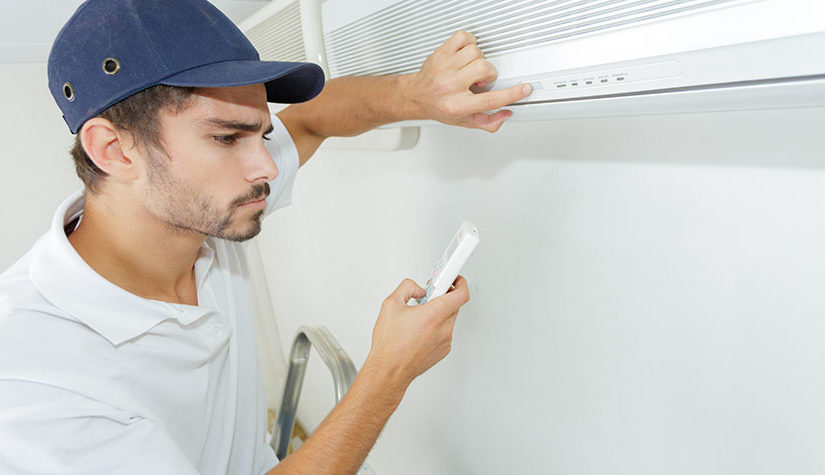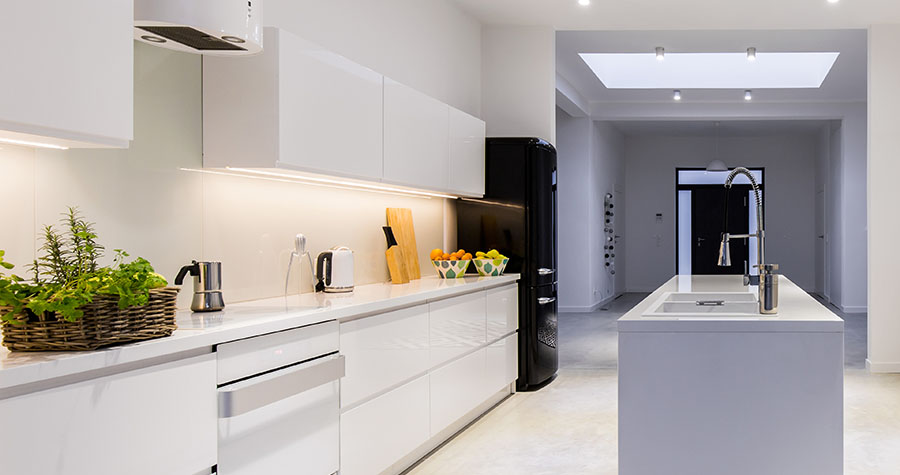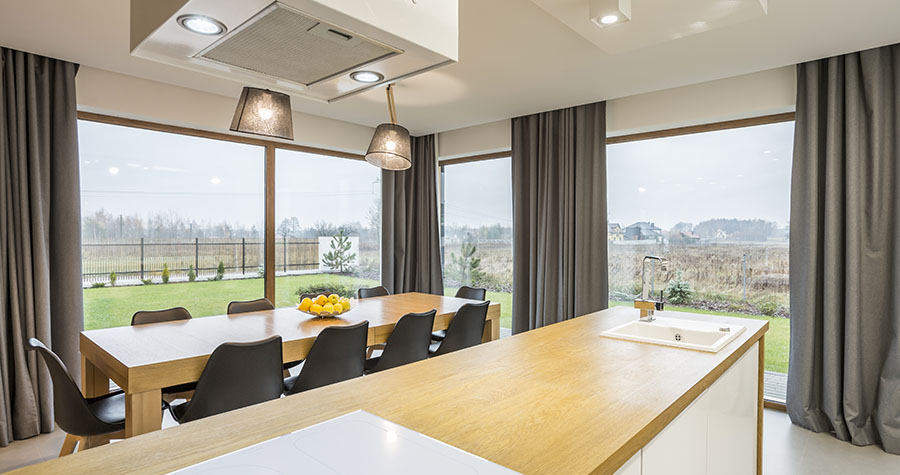Mini-split air conditioning systems tend to be comparatively easier to install than their ducted counterparts. You can get a ductless air conditioner installed just within a few hours without much labor costs and effort. Therefore, if you are planning to get a mini-split system, you could use some installation tips for sure. Let’s discuss!
Choose An Appropriate Location For The Unit
To begin with, you need to choose an appropriate location that is sturdy enough to support the weight of the mini-split system. Even though indoor mini-split systems tend to be comparatively light but it mostly depends on the size of the unit. Therefore, if the mini-split AC system you have opted for is heavy, you should choose a location that is solid enough to withstand the weight.
On the other hand, the outdoor unit of the system as compared to the indoor unit is significantly heavier similar to the outdoor units of ducted ACs. With that said, homeowners should think carefully when placing them as their weight can disturb the ground underneath, disrupting the functioning of the unit. To avoid such situations, you can opt for a level concrete pad that can easily keep the outdoor unit stable for years to come.
Keep The Indoor Unit Away From Obstructions
Choosing an appropriate location for the indoor unit can be quite tricky. Most homeowners tend to choose locations or areas behind furniture or other obstructions to help the unit blend in with the rest of the decorative items. However, that is not a wise decision if you look at it from an efficiency standpoint.
By placing a mini-split system behind an obstruction, not only will the unit have a hard time effectively cooling or heating the space but also utilize more electricity, leading to increased energy bills in the long run.
Choose An Area That Does Not Experience Temperature Fluctuations
Modern mini-split systems are equipped with inverter technology that helps increase the comfort level of your home. These systems consist of sensors that continuously record the temperature and adjust the cooling and heating accordingly. This means that you should avoid installing the mini-split system in an area that experiences temperature fluctuations.
For instance, if you place the mini-split in an area that receives direct sunlight, its sensors will pick up on the temperatures and cool the area by utilizing more electricity.
Ensure The Installation Area Is Free Of Electromagnetic Interference
In addition to choosing areas that are free from temperature fluctuations, it is also important that you opt for a location that is free of electromagnetic interference. For example, homes with televisions, microwaves, cordless phones, and Bluetooth speakers consist of electromagnetic signals. With that said, if the mini-split system is placed in such an area, the signals could interfere with the performance of the unit.
Therefore, to prevent interference, it is best to install the mini-split system one meter or more away from the electromagnetic devices.
Ensure Proper Placement
Once you have made sure that the location is free of electromagnetic interference and temperature fluctuations, it all comes down to ensure proper placement. Your system’s effectiveness primarily relies on the placement height. If the system is either too low or high, it will not be able to distribute both cool and hot air properly.
However, determining proper placement can be a bit tricky. To come up with the perfect height, you should consider the size of the wall, installation location, and the distance from the roof to the unit. If the walls are not at least seven feet tall, it is better to opt for floor-mount mini-splits. But if the walls are higher than seven feet, you can easily work with mini-split systems.
Consider Condensation Piping
Most homeowners make the mistake of ignoring condensation piping and installing the indoor unit first. The system needs to drain water during the cooling and heating process. This is why you need to ensure optimal placement before installing the indoor unit to prevent it from disturbing you while the pump functions. Keep in mind that ignoring the condensation piping and other related processes will reduce the effectiveness and overall performance of the unit, leading to water leaking inside the room.
Final Word
So, there you have it, everything you need to know about installing a mini-split AC system. Even though installing a mini-split system is relatively easier as mentioned in the beginning, you need to put some effort into planning and ensuring proper placement. If not, seek the help of a Mitsubishi AC installation ronkonkoma service. It is going to cost you some money but will ensure the system performs at its optimum.




